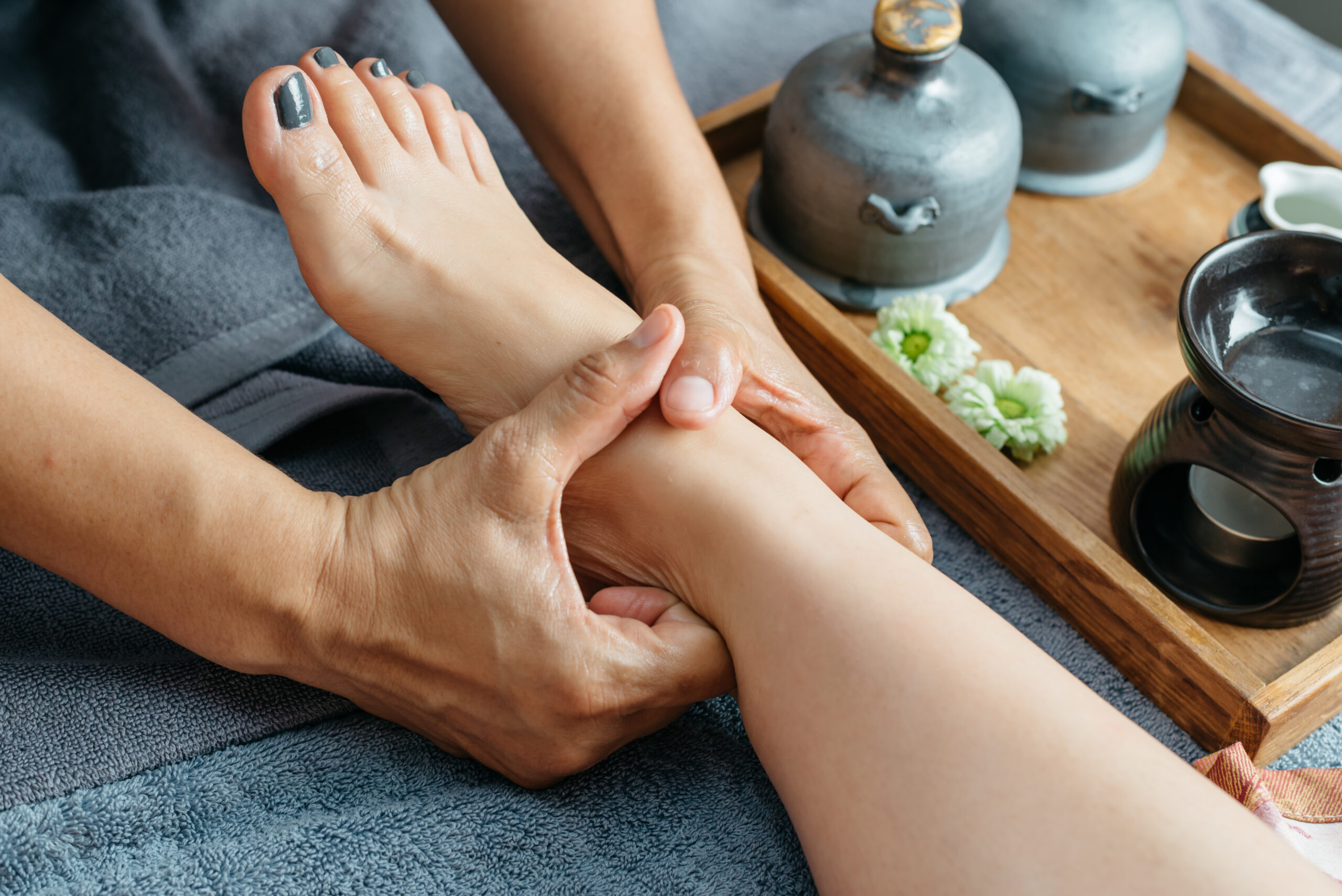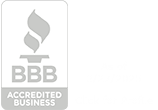What is Reflexology?
Reflexology (zone therapy) is an alternative therapy method that applies pressure to specific points of the body, such as hands, feet, or ears, to allow the body to relax. This pressure can be varied and targeted to the recipient’s needs.
Though reflexology involves the use of hands, it is not considered a form of massage therapy, technically speaking. Similar to acupressure, reflexology is a complementary therapy that can be used alongside traditional medical treatments. It’s important to note that reflexologists do not diagnose or treat medical conditions; they work to support overall wellness.
How Does Reflexology Work?
In a reflexology session, a practitioner called a reflexologist will apply pressure to various pressure points around the body to improve overall health and wellness.
There are several theories regarding what makes reflexology work.
One theory comes from traditional Chinese medicine’s belief that the human body is made up of qi, or vital energy. Stress and other negative emotions can block qi, which results in an imbalance of emotional, mental, physical, or spiritual health. Where reflexology comes into play is that there is a belief that it can balance qi.³
A modern theory suggests that reflexology can balance the way that your brain registers pain. When these pressure points are massaged, these relaxing sensations could relieve stress, which can impact the way that you perceive pain.²
A 19th century theory proposes that reflexology stimulates the nervous system. By pressing on various pressure points on the body, it can send messages to the central nervous system. This can help the body relax, and provide various benefits for you.¹
While there are several schools of thought studying reflexology, a 2014 paper claims that reflexology is not a legitimate treatment for any medical condition.⁶
What Can Reflexology Do for You?
Reflexology is something that can be generally applied as an alternative therapy for most conditions. When in doubt, always consult your medical team before booking an appointment.
Potential Benefits of Reflexology
Relaxation
A study shows that a five-minute foot massage resulted in a significant reduction in heart rate and blood pressure, potentially increasing relaxation.⁸
Improved Nerve Functioning
Reflexology can bridge to the central nervous system, targeting and improving what information flows to and from different areas of the body.¹
Healthier Sleep Quality
Balancing the body’s sleep cycle, reflexology can stimulate the nervous system and endocrine glands, allowing people to get more regular sleep.⁵
Stress-Induced Tension Headache Relief
With reflexology’s relaxation qualities, it has been found that this can be extended to improve results on stress-induced conditions, such as tension headaches.⁷
Improvements to Pain Management
By targeting specific areas on the body, the pressure from reflexology can address pain by targeting associated pressure points. This can, for example, include toe reflex point focuses for headache relief, and heel pressure to improve lower back pain.⁴
What Happens During a Reflexology Session?
When it comes to preparing for a reflexology session, just make sure that you are clean and hydrated. Wearing comfortable clothes will also improve your session.
At the beginning of your reflexology session, your reflexologist will begin by asking you questions about your health, diet, lifestyle, and any known conditions. These answers will guide them in developing a specific plan regarding working on particular pressure points in your feet, hands, ears, or a combination of them.
The location will be a soothing one, similar to a spa. Think low lights, soft music, and possibly aromatherapy. You’ll wear something comfortable, and sit back to let the reflexologist do their work. They will be working various pressure points with pressure application, rotation, and finger walking, to name a few methods.
Here’s what they can be looking for when it comes to pressure point work focusing on the feet:
In the foot reflexology chart above, you can see that there are precise mapped spots that reflexologists manipulate in order to meet your wellness goals. Each foot is typically worked on equally during your session.
These sessions are typically 30-60 minutes long, and you will likely leave with a sense of relaxation. Frequency can be determined by what is best for you, which for some may be weekly, others monthly, and even quarterly.
After your session, there really isn’t that much of a recovery time following foot reflexology. Any minor effects such as feeling tired or increased emotions is common, but temporary.
While there is more to be studied and understood about what reflexology is and how reflexology works, the benefits of a self-care routine can improve the quality of life for the recipient immensely.
Soothe has a network of independent reflexologist Pros that can come to your home, hotel, or office to give you the relaxation you need, any day of the week. Book an in-home reflexology massage today.
Bibliography
1.Begum J. Brain Diseases. WebMD. Published 2024. https://www.webmd.com/brain/brain-diseases
2.Hayes J, Cox C. Immediate effects of a five-minute foot massage on patients in critical care. Intensive and Critical Care Nursing. 1999;15(2):77-82. doi:https://doi.org/10.1016/s0964-3397(99)80003-2
3.National Cancer Institute. Complementary and Alternative Medicine. National Cancer Institute. Published May 22, 2024. https://www.cancer.gov/about-cancer/treatment/cam
4.Eghbali M, Safari R, Nazari F, Abdoli S. The effects of reflexology on chronic low back pain intensity in nurses employed in hospitals affiliated with Isfahan University of Medical Sciences. Iranian Journal of Nursing and Midwifery Research. 2012;17(3):239-243. https://www.ncbi.nlm.nih.gov/pmc/articles/PMC3696219/
5.Huang H, Chen K, Kuo S, Chen I. Can foot reflexology be a complementary therapy for sleep disturbances? Evidence appraisal through a meta‐analysis of randomized controlled trials. Journal of Advanced Nursing. 2020;77(4). doi:https://doi.org/10.1111/jan.14699
6.McCullough JEM, Liddle SD, Sinclair M, Close C, Hughes CM. The Physiological and Biochemical Outcomes Associated with a Reflexology Treatment: A Systematic Review. Evidence-Based Complementary and Alternative Medicine. 2014;2014:1-16. doi:https://doi.org/10.1155/2014/502123
7.Quinn C, Chandler C, Moraska A. Massage Therapy and Frequency of Chronic Tension Headaches. American Journal of Public Health. 2002;92(10):1657-1661. https://www.ncbi.nlm.nih.gov/pmc/articles/PMC1447303/
8.Wang WL, Hung HY, Chen YR, et al. Effect of Foot Reflexology Intervention on Depression, Anxiety, and Sleep Quality in Adults: A Meta-Analysis and Metaregression of Randomized Controlled Trials. Evidence-Based Complementary and Alternative Medicine. 2020;2020:1-21. doi:https://doi.org/10.1155/2020/2654353







